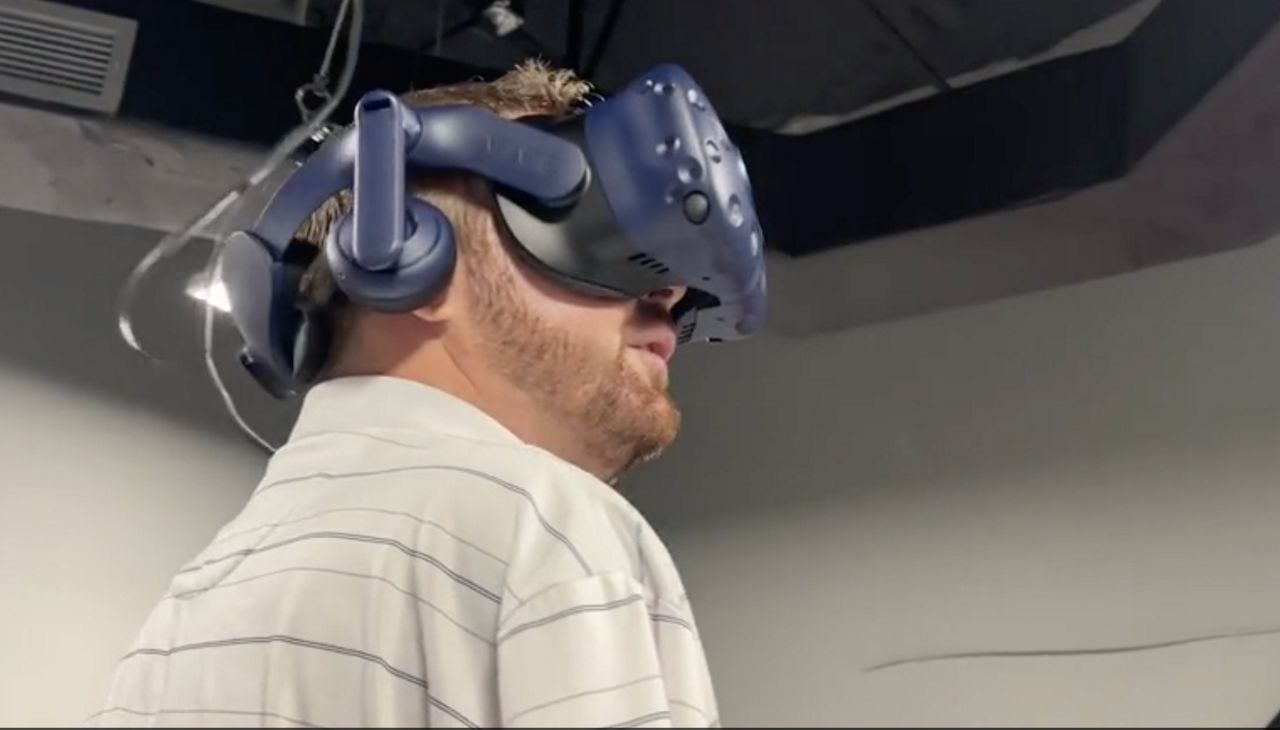The simulation technology industry, one of Central Florida’s budding innovative businesses, shares a close bond with the U.S. military.
What You Need To Know
- Matthew Hogan believes his company's technology can help aid physical therapy patients
- But it has other applications that such as gaming and health care
The M3DVR National Center for Simulation has more than 250 members worldwide with a large number of them in Central Florida and the majority of those businesses’ budget relies on the U.S. military funding.
That funding helps with everything from military training to the creation of life-saving technology.
“We are a serviceable veteran owned-business,” CEO Matthew Hogan said. “With our capabilities, not only hardware or software we are applying for military contracts.”
But, experts say unless the military budget and funding are approved then the military will not pay for new simulation or modeling projects. It would impact the city of Orlando considered by many the Modeling, Simulation and Training Capitol.
Hogan plans on using his tech to enter other fields like gaming and health care, specifically for anyone going through physical therapy.
“For us, we’re looking at the capabilities for the physical therapy and occupational therapy industry,” Hogan said.
M3DVR created an omnidirectional treadmill, called the Infinadeck, which means someone can move in any direction. It’s a tool that can be used for military, health and gaming purposes when used along with a virtual headset. In fact, the Infinadeck was used in the film “Ready Player One.”
“We originally pitched the idea of doing therapy with the Infinadeck for Nemours children’s hospital in 2018 and they were certainly impressed with our ability to do that, however; we needed to more research,” Robert Oglesby, chief operating officer at M3DVR, said. “Right now, we’re still in the design phase with the Infinadeck but, we are right now working with university partners as well as other local tech companies to find the solution surrounding putting the patient in VR and getting those outcomes.”
Taylor Blackwell believes it will be a huge help for anyone going through physical therapy. He lost his right arm and left leg in a motorcycle crash in 2006.
“When I was doing physical therapy a long time ago, I definitely didn’t have anything like this,” Blackwell said. “It was just an opportunity for me to stand, sit, and basically be inside a gym. This is an opportunity for me to pretty much travel the world.”
He felt the hospital therapy was boring so, he missed out on some of his sessions, impacting his recovery.
“It was a little daunting because every time I went to physical therapy it was a little daunting. It was a little repetitive,” Blackwell said.“(The Infinadeck) is going to allow them to be a little bit more willing to do physical therapy and capture their attention allowing them to keep their attention on something else besides the actual prostheses or the amputation itself.”
In September, the U.S. House approved the National Defense Authorization Act and it now currently sits on the Senate floor.



